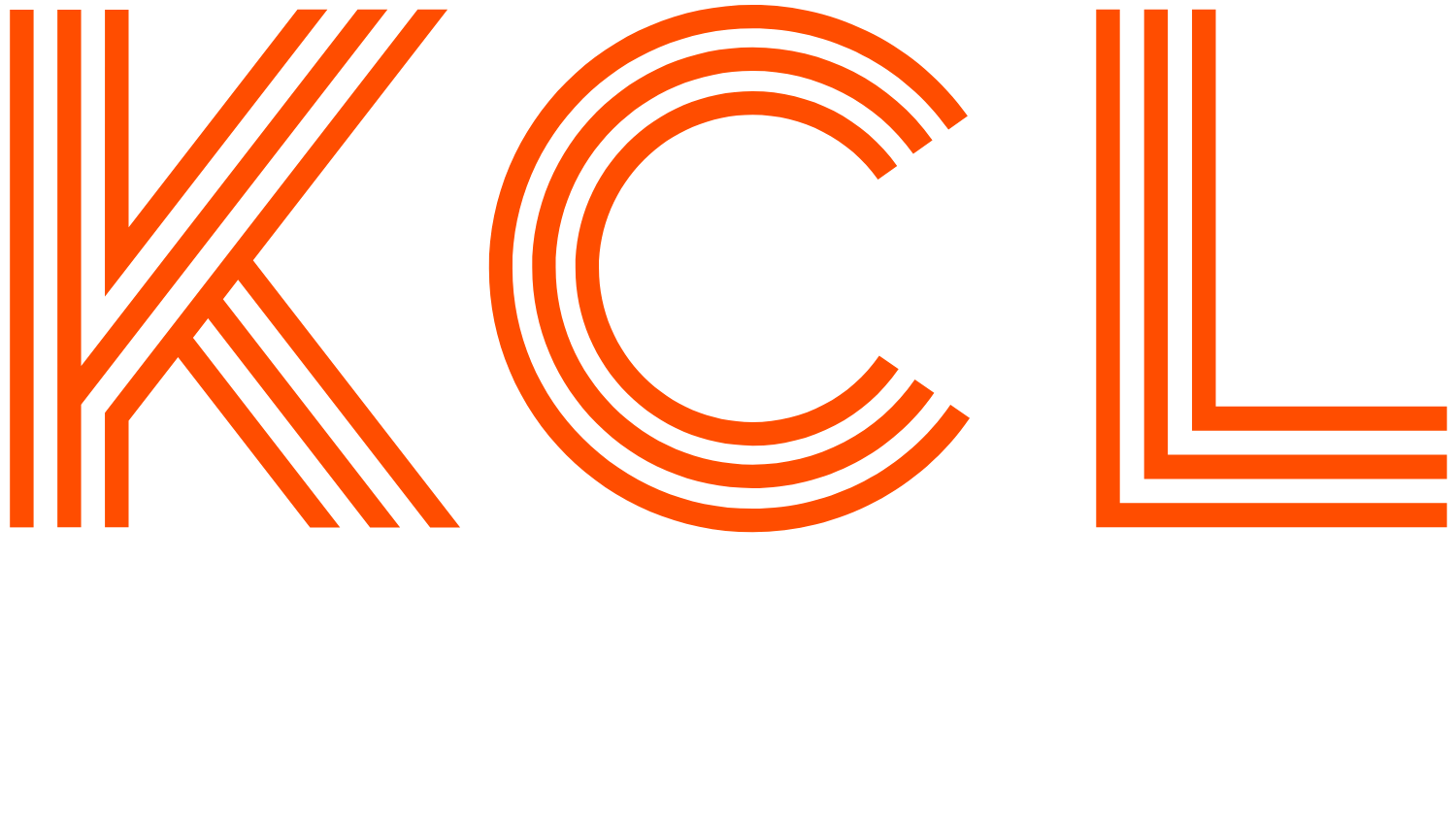If a monkey selfie can cause legal headaches, imagine what a computer can do!
Since the release of ChatGPT in November 2022, generative AI (models and systems that utilise algorithms and neural networks to create new content or data such as music, text, art and more) has become a hot topic. We are now seeing a proliferation of use of such tools in everyday life and business.
On 18 August 2023, the United States Federal District Court for the District of Columbia, handed down its judgment in Stephen Thaler v Shira Perlmutter, Register of Copyrights and Director of the United States Copyright Office (Thaler Case). In the case Judge Beryl Howell held that “human authorship is a bedrock requirement of copyright” and as such, work generated entirely using AI systems is not capable of protection by copyright.
In March of this year the US Copyright Office published a statement of policy relating to works containing AI generated material. The guidelines provide that works authored (in part) by generative AI will be assessed on a case-by-case basis as to whether they receive the benefit of copyright protection. Presumably this assessment will be influenced by the decision in the Thaler Case.
In the Australian landscape we are now facing questions such as –
- does copyright exist in AI created works?
- if copyright exists who owns it? and
- does AI infringe on third party copyright?
The following scenario shows how these issues may arise in practice. Let’s suppose a design agency is engaged by a client to create a promotional billboard campaign.
After receiving the brief, the agency’s designer Ted goes online to the popular “Midjourney” art generative AI platform, types in a few prompts and hey presto! eye-catching artwork is produced.
Can it be protected?
In Australia, copyright exists in original works where the author is human. This human requirement stems from the underlying principle that copyright exists to reward human creativity and effort.
Broadly, generative AI requires prompts from users to produce work. User prompts can vary from a single word to more specific and lengthy instructions. Whether such works are protected comes down to whether the human who has input the prompts has contributed sufficient independent intellectual and artistic effort to create the work. Are the words or sentences Ted types into a generative AI platform substantive enough to satisfy this test of “sufficient independent intellectual effort”? Or does this fall short?
One may be tempted to think that work produced through inputting directional prompts into generative AI programs warrants the protection of copyright. However, at least currently in Australia, case law suggests otherwise. The Full Court of the Federal Court in Telstra Corp Ltd v Phone Directories Co Pty Ltd [2010] found that works must be the product of human authorship for them to be protected under copyright, sentiments echoed in the Thaler Case in the USA.
It seems likely that in Australia there would be no copyright protection for the output of Ted’s AI’s work in this scenario, absent significant additional artistic augmentation by Ted.
Who owns it?
Even if the law were to allow copyright to exist in such works (and hence they that could be capable of being owned), the design agency’s ability to grant any kind of exclusivity to its client, could be hampered under the Terms and Conditions of the generative AI platform used.
For example, Midjourney’s T&Cs provide that the user generating works using its program grants Midjourney “a perpetual, worldwide, non-exclusive, sublicensable no-charge, royalty-free, irrevocable copyright licence to reproduce, prepare derivative works of, publicly display, publicly perform, sublicense, and distribute text…and (art works)”. resulting from the user’s use of Midjourney In other words, the design agency has no legal ability to grant its client any kind of exclusivity in the works created using Midjourney, and will need to be careful not to misrepresent its ability to do so in its own terms and conditions. This could be a significant factor affecting the “value” that the client can derive from the agency.
There may be a grey area where designers, such as Ted, use AI platforms to create part, but not all of their creations, resulting in situations where part of their work is capable of being protected copyright, and to the extent, able to be assigned to their clients.
Does it infringe?
Another key issue flowing from the rise in use of generative AI is the question of infringement.
Assume that Ted’s AI-generated work depicts a Labrador puppy on a sun-drenched beach. Existing artworks of beaches and Labradors would have been used to train AI to learn features and patterns which in turn has been used to generate the “new” work.
While many of these platforms claim to collate images from a vast number of sources such that no one artist’s work is discernible, it is, at least theoretically possible that any given image generated by them could involve the reproduction of the whole or part of a pre-existing copyright protected artistic work created by a human.
In addition to cases like the Thaler Case, globally we are already seeing litigation against AI systems from artists who are concerned about the lack of consent, credit, and compensation.
An Overview
It is clear that with the increased use of AI platforms we will no doubt continue to be faced with issues as to the legal status of AI-generated works and potential infringements of original material.
The Attorney-General’s Department recently received submissions into Australia’s copyright enforcement and the Australian government is now in the process of undertaking its review. The intersection between AI and copyright is a rapidly growing and complex area which we will continue to watch.
More information
For more information about copyright or any other intellectual property issues, please contact Daniel Kovacs, Principal Lawyer on (03) 8600 8859 or dkovacs@kcllaw.com.au.
Article written by Daniel Kovacs, Principal Lawyer & Gabriella Lloyd, Lawyer
